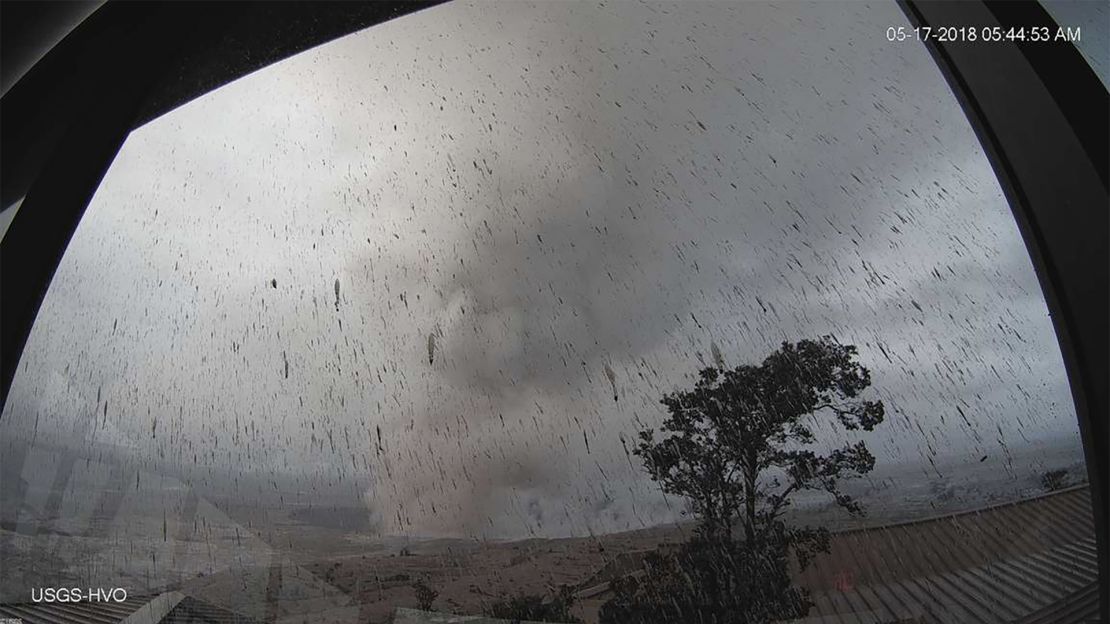After an eruption from the Kilauea volcano’s summit shot ash and smoke 30,000 feet into the air on Thursday, officials handed out almost 18,000 masks to help residents deal with the fallout.
Rain kept the ash from going very far, and the ashfall was light, but officials still warned people in the area on Hawaii’s Big Island to stay indoors and to use the masks.
US Geological Survey geologist Michelle Coombs described the event as “energetic, but short-lived” and said most of the debris ejected from the crater likely fell near the explosion site.

Officials expect volcanic activity to continue, citing a similar series of events in 1924 that lasted 2½ weeks.
“This event is far from over,” said Talmadge Magno, civil defense administrator for Hawaii County.
Magno said 18,000 masks that protect from particulates like ash were given out Thursday. More masks are on the way.
The masks do not protect against sulfur dioxide, a toxic gas that is still seeping from 21 fissures caused by volcanic activity. No new fissures, or vents in the ground, opened Thursday, he said.
Scientists with the USGS have not yet figured out the cause of explosions like the one that happened Thursday morning.
But they expect them to continue.
“At any time, activity may again become more explosive, increasing the intensity of ash production and producing ballistic projectiles near the vent,” the USGS said. “Ballistic projectiles may be produced should steam-driven explosions occur. Impacts will be limited to an area around Halemaumau.”
Halemaumau is the crater within Kilauea’s summit caldera.
Thursday’s eruption is just the latest volcanic activity contributing to the nightmare on the Big Island since the volcano first went off on May 3.
An ash plume Wednesday rose roughly 12,000 feet into the air, and on Tuesday, the USGS issued a red alert, which means a major eruption is imminent or underway and ash could affect air traffic.
Recent explosions have been steam-driven, occurring when water beneath the ground or on the surface is heated by magma, lava, hot rocks or new volcanic deposits, the USGS says.
Hawaii County officials have warned residents about sulfur dioxide, which is so thick in one area that authorities evacuated a neighborhood. No further evacuations are necessary at this point, Magno said.
He was more concerned that people staying in an area authorities are concerned about will lose their utilities.
Hawaii Gov. David Ige complimented the response of residents and the pre-explosion work done by authorities.
“We had prepared for the event,” he said.
The governor also told potential tourists to come.
“I would like to also remind the rest of the world as well as the rest of the state, Hawaii Island continues to be open for business,” he said. “The eruption site and the lava flows are in a very small portion of the island.”
The international airports in Hilo and Kona are open, officials said.
CNN’s Scott McLean and Faith Karimi contributed to this report.

















